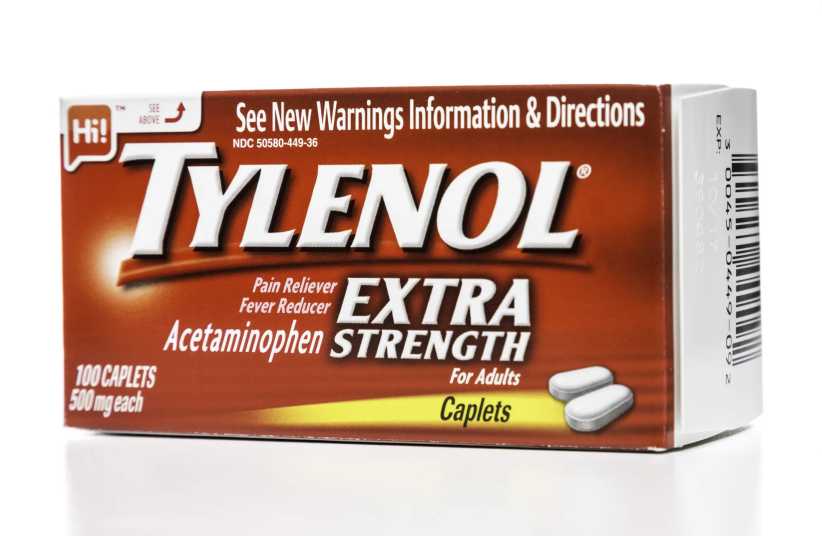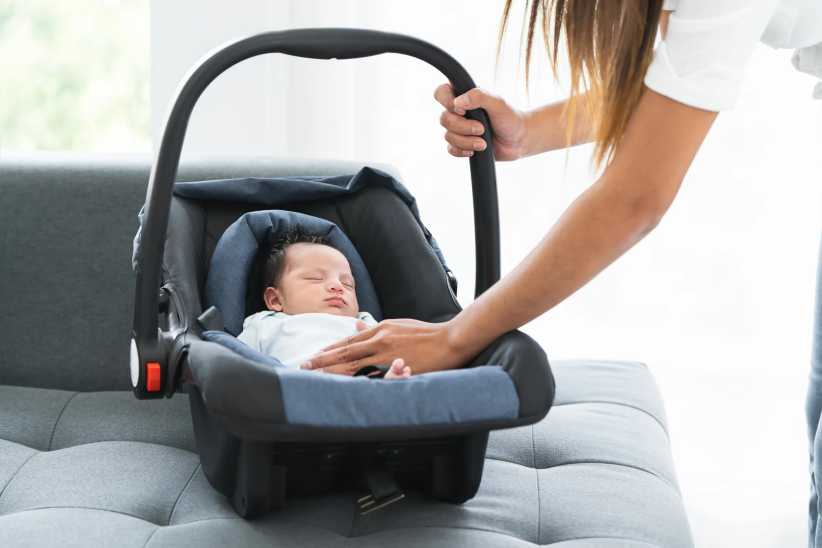 Recently, I have been talking to my classes at the Prenatal Yoga Center about placenta encapsulation–and I have been getting a wide range of responses on the subject. Some women are fascinated to learn more about the potential benefits of the practice, others have never heard of the idea, and some seem shocked by it. I don’t blame them in the least for their reactions. The idea of consuming one’s placenta is not often discussed as an option at all–nothing like, for example, who will cut the umbilical cord. Even that makes some people squeamish!
Recently, I have been talking to my classes at the Prenatal Yoga Center about placenta encapsulation–and I have been getting a wide range of responses on the subject. Some women are fascinated to learn more about the potential benefits of the practice, others have never heard of the idea, and some seem shocked by it. I don’t blame them in the least for their reactions. The idea of consuming one’s placenta is not often discussed as an option at all–nothing like, for example, who will cut the umbilical cord. Even that makes some people squeamish!
Even though ingesting one’s placenta is not common practice (although New York Magazine did feature an article on placenta encapsulation a couple of years ago), it’s still a birth option that some may be interested in choosing–and one which I chose (you can read about my experience below).
Let’s discuss this little-known practice!
What is it placentophagy?
Placentophagy is the act of mammals eating the placenta of their young after childbirth. There are various ways for humans to consume the afterbirth–the most common method is called placenta encapsulation. This is a process in which the placenta is dehydrated, pulverized, and formed into capsules, also known as homeopathic placenta tinctures. It can be done by a layman or a placenta healing arts professional (yes, there really is such a profession, as exemplified by this NYC-based practice). Since placenta consumption is not a widespread practice in the United States, it is often met with great criticism and skepticism. There are, however, various studies that support the theories behind it.
Theory: helps prevent postpartum depression
One of the main theories behind placentophagy is that it helps ward off postpartum depression. There are a few ideas as to how this works. One is that the placenta is chock-full of nutrients and especially rich in iron–and since there is a proposed link between women who are iron-deficient and symptoms of depression and stress, it’s believed that ingesting the iron-rich placenta could help.
There is also the belief that the nutrients from the placenta help replenish and recharge an exhausted new mother. A 2002 study in the Journal of Obstetric, Gynecologic, & Neonatal Nursing states that “fatigue as early as 7 days postpartum is predictive of depression at Day 28 postpartum.” Thus, if the iron-rich nutrients from the placenta can help stave off fatigue, the mother is less likely to experience postpartum depression.
In addition, some data supports the idea that during the final trimester of pregnancy, the placenta secretes a high level of CRH (corticotropin-releasing hormone) to help the mother manage the stress of impending labor. Once the baby is born and the placenta is gone, however, these CRH levels plummet rapidly. In the article, “Baby Blues,” Dr. George Chrousos, an endocrinologist, explains his belief that after birth, when this supplementary source of CRH is gone, it takes a while for the hypothalamus to receive the body’s signal that it needs to start producing more CRH. Some believe that ingesting the placenta will help to balance out this dramatic shift of hormones experienced postpartum. This hormonal balance, in turn, can help the mother manage stress, reducing the chances of postpartum depression.
Theory: boosts milk supply
There is also the claim that eating dried or encapsulated placenta can have an effect on milk production. A well know study, “Placenta as Lactagagon,*” examined this relationship. While the study does not explain how exactly the placenta increases supply, it does conclude that out of the 210 participants, 181 (86.2%) reacted positively to the treatment.
Theory: encourages the mother’s overall good health
Placenta enthusiasts stand behind the idea that most mammals innately know to consume their afterbirth to help them heal from the stress of labor and move more easily into motherhood, and that therefore the practice can be equally supportive for humans as well. For thousands of years, the Chinese have revered this powerful substance as Full of Qi (life force). They believe the placenta aids in recovery from childbirth, restores lost hormones, augments lactation, shortens bleeding time, prevents mood swings, and ultimately helps your child in this vital time of bonding and nurturing.
In addition to the benefits listed above, placenta consuming supporters also believe placentophagy can:
Assist the uterus in returning to normal size
Increase one’s mental clarity
Shorten postpartum bleeding
Aid in better sleep
How to get your placenta home?
After reading about the theoretical benefits of placentophagy, perhaps you are now on board with it. But if you are giving birth in a hospital, you may run into roadblocks when it comes to actually keeping your placenta. Some hospitals send the placenta to the morgue, others bring it to pathology for further examination after birth, and some dispose of it as biomedical waste.
However, New York state law allows hospitals to release healthy placentas. Some hospitals require patients to sign waivers; others readily release placentas. Others don’t have any protocols at all, leaving it in the hands of the doctors or nurses on staff that day. If you are interested in taking your placenta home with you, it is best to look into the practices of your hospital ahead of time so there are no surprises.
Personal experience: Yes, I did it!
Even though I am presenting this information from a theoretical perspective, since there have not been any hard and fast conclusions on the subject, I personal subscribe to these ideas and believe in the benefits of placenta encapsulation. I had the placenta from my son’s birth encapsulated and took the pills for several weeks following his birth. I cannot compare how this experience compares to not ingesting the placenta, since I have only given birth once. But I can say that my postpartum period was devoid of the “baby blues” and that my energy level was actually pretty good considering how sleep-deprived I was. I was also producing more milk than I knew what to do with during that time: I literally had boxes of milk storage in my freezer! The only downside I experienced was I started to smell a bit metallic, and I am assuming that is from the high level of iron in the pills. For baby number two, I am absolutely planning on encapsulating the placenta again.
So there you have it! Lots of ideas behind placentophagy. For some people, the practice will speak to them; for others, not so much. It is just another option to think about it as you make your way into motherhood.
*Soykova-Pachnerova E, et. al.(1954). Gynaecologia 138(6):617-627.













